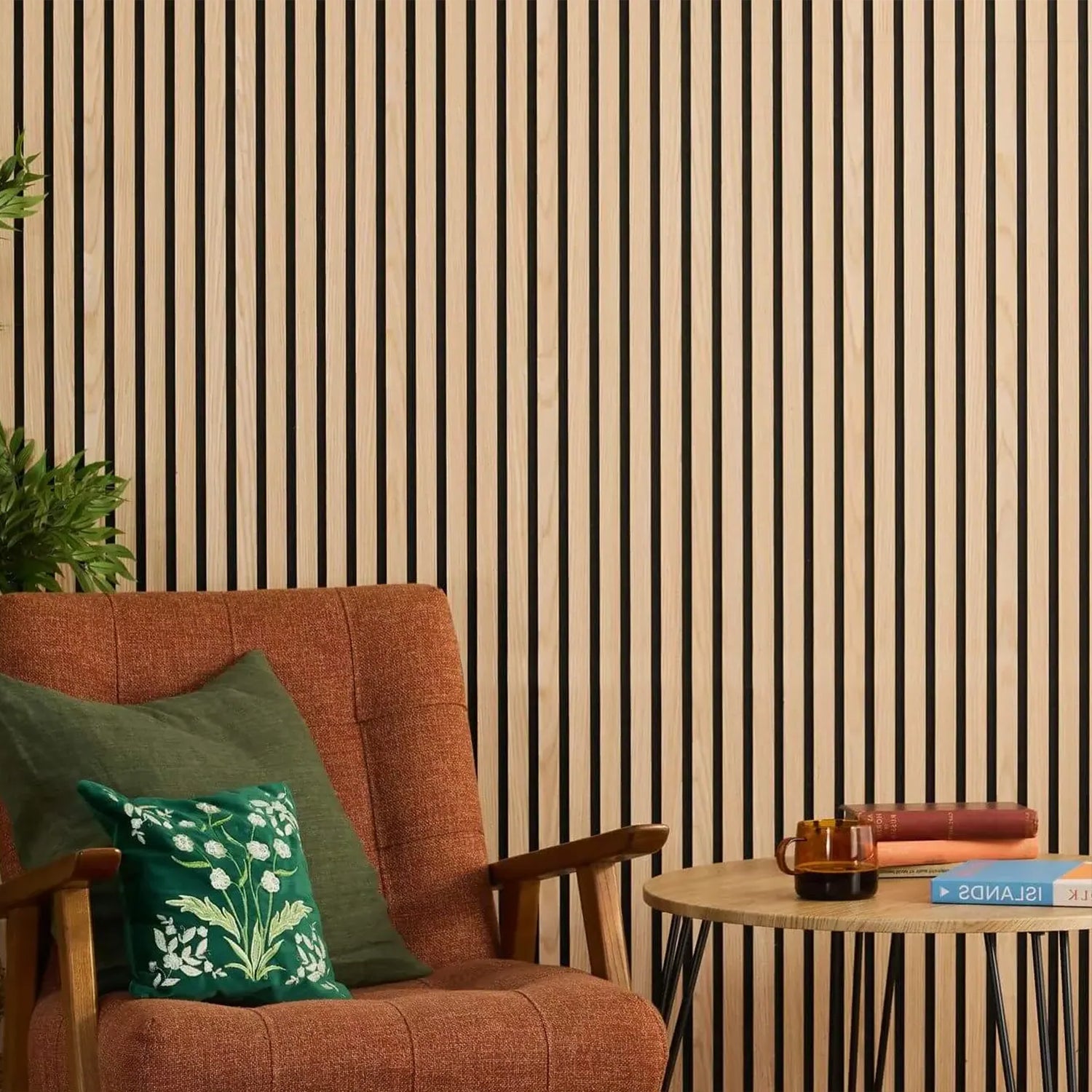

Elevate Your Interiors: A Beginner's Guide to Panel Moulding
Panel moulding is more than just a decorative feature; it's a transformative design element that adds elegance and architectural interest to any space. Ideal for those looking to elevate their home's style, panel moulding can complement both modern and traditional decors.
In this guide, we will walk you through the essentials of panel moulding, including selection, installation, and styling, to help you beautifully enhance your living environment.
Understanding Panel Moulding

Panel moulding dates back to Georgian times and was originally used to frame wallpaper, fabric, or paint, creating distinct, decorative wall segments that added richness and depth to room interiors. Today, it serves both decorative and practical purposes, defining spaces, concealing joints, and adding sophistication to plain walls.
When planning to incorporate panel moulding in your home, it's crucial to understand the different types— from simple beaded designs to more elaborate, sculpted options— and how each can impact your room's aesthetics.
Choosing the Right Material

The material of your panel moulding significantly affects both its appearance and durability. Wood mouldings bring a classic, rich feel to a space and can be customized with paint or stain. MDF is a more budget-friendly option that is easy to cut and install, ideal for painted finishes but less resistant to moisture.
PVC or polyurethane mouldings are suitable for bathrooms or kitchens where humidity is higher. When selecting the material, consider the room’s environmental conditions and the desired finish to ensure your moulding complements the space for years to come.
Read More: How To Install Wall Panelling In Your Home - 5 Simple Steps
Design and Planning

Effective planning is vital to achieving the desired outcome with panel moulding. Begin by considering the scale of the room and the height of the ceilings. Larger, bolder mouldings suit high ceilings, while subtler designs may be more appropriate for standard rooms.
Use a sketch or digital layout to map out the placement of the mouldings, thinking about how they will frame furniture or artwork and influence the room’s flow and feel. This step helps prevent common issues like overcrowding a room or mismatching with existing decor styles.
Tools and Materials Needed

Before starting the installation, gathering the right tools and materials is essential to ensure a smooth process. Basic tools include a tape measure, saw, level, sandpaper, adhesive, caulk, and a nail gun or hammer.
Also, consider any safety equipment like gloves and goggles. Preparing all necessary items beforehand can streamline your installation process and help achieve professional-looking results.
Installation Basics

Installation of panel moulding can vary slightly based on the material and design but generally follows a consistent process. First, measure and mark the wall according to your design plan. Cut the moulding pieces to size, then sand the edges if necessary for a clean finish.
Test-fit each piece on the wall before securing it with adhesive and nails, using a level to ensure straight, even placement. Proper installation is crucial for the moulding to look seamless and integrated into the space.
Painting and Finishing Touches

After installation, finishing touches like painting or staining will complete the look of your panel moulding. If painting, apply a primer followed by at least two coats of high-quality paint, sanding lightly between coats for the best finish.
If staining, choose a stain that complements other woodwork in your room and apply it evenly, following up with a clear protective coat. These steps not only enhance the moulding’s beauty but also protect it from wear and damage.
Styling with Panel Moulding

Panel moulding can significantly enhance your room's character and style. It works wonderfully as a backdrop for artwork or to create visual interest behind shelving units.
In larger rooms, moulding can help define different areas or functions, such as delineating a reading nook or dining area. Experiment with color contrasts within the panels to add depth or keep things monochrome for a sleek, unified look.
Maintenance Tips

Maintaining your panel moulding is straightforward but essential for preserving its appearance and longevity. Regular dusting and wiping down with a damp cloth can keep the moulding looking fresh.
For wood or MDF, touch up any chips or scratches in the paint promptly to prevent moisture damage. Regular inspections for signs of peeling or detachment can help catch issues before they become more significant.
Common Mistakes to Avoid

Common pitfalls in panel moulding projects include poor planning, inadequate preparation of surfaces, and using inappropriate materials for the room conditions.
Avoid these by taking the time to plan thoroughly, prepare walls by cleaning and smoothing them before installation, and choosing materials suited to the environmental conditions of your space.
Read More: 3 Creative Wall Panel Ideas: Transform Your Space!
Conclusion
Panel moulding is an excellent way to add elegance and character to your home. With the right tools, some planning, and a bit of creativity, you can successfully install and enjoy the beauty of panel moulding in any room.
Remember, the key to a successful installation is preparation and patience. Take your time to measure, cut, and align everything correctly, and you'll be rewarded with a stunning result that can dramatically enhance your living space.
Featured Products
3D Acoustic Slat Golden Oak Wood Wall Panel | SoundPanel®
Wood Wall Panel | MDF | Walnut American Oak Slat—a fusion of modern sophistication and eco-conscious innovation. Designed with attention to both ...
View full details3D Wall Panel | PVC | Waves
Elevate your space into an ocean of style with the White Waves 3D PVC Wall Panel. These panels are not just wall coverings; they are an artistic ...
View full detailsGolden Rosewood Outdoor Wall Panel | LineaPanel®
Embrace the allure of natural wood with the Golden Rosewood Classic Lines Wall Panel series. Expertly designed to bring lasting beauty and elegance...
View full details


















